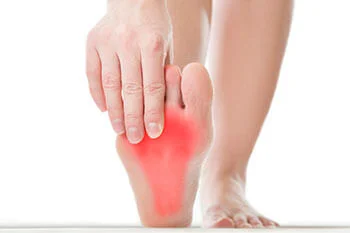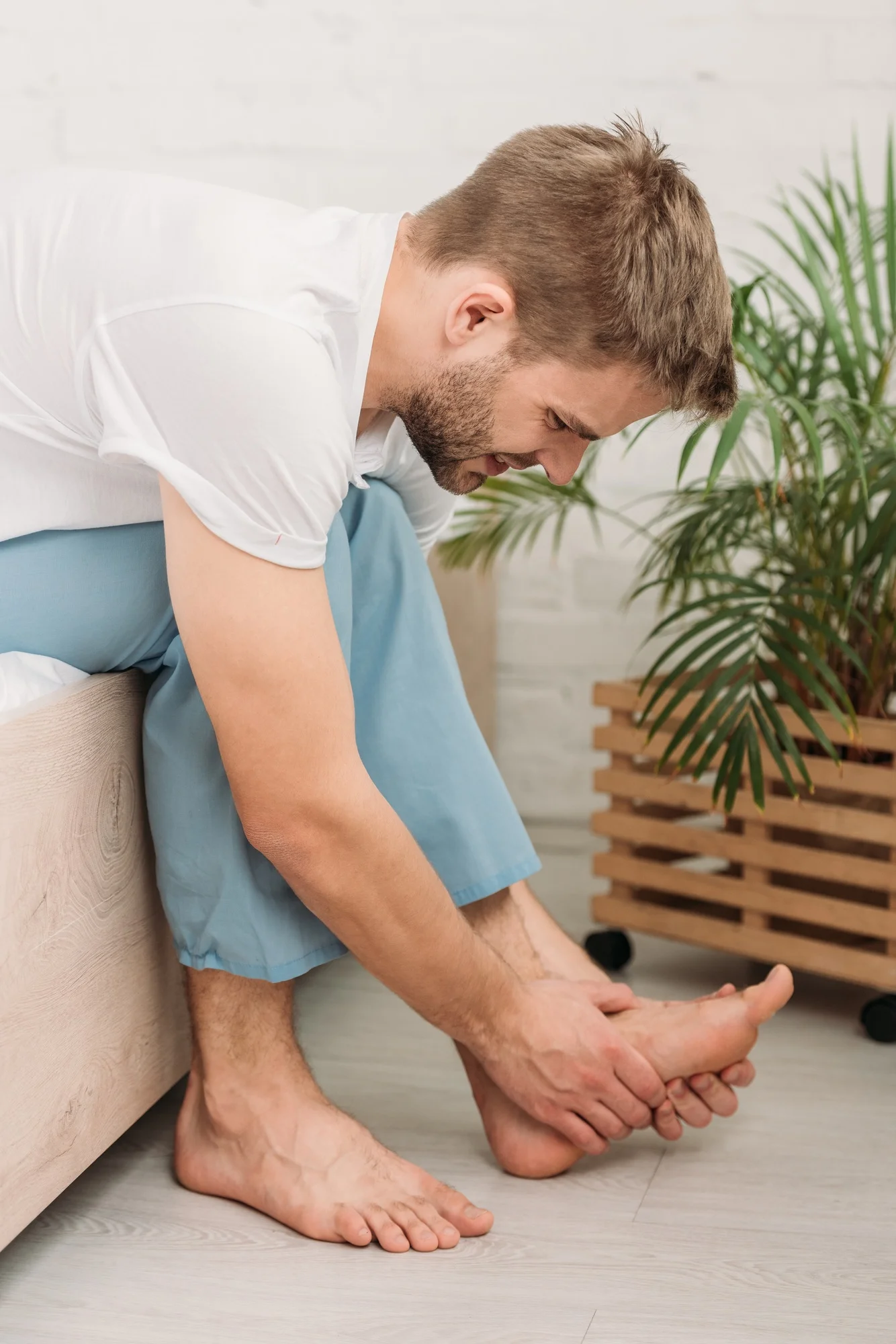Table of Contents
Noticing a bump or lump near your big toe can be uncomfortable and concerning. Whether it’s painful, swollen, or simply unusual in appearance, it’s essential to understand what might be behind the change—and what you can do about it.
Below, we’ll explore five common conditions that cause big toe bumps and what you should know about diagnosing and treating them.
1. Bunions (Hallux Valgus)
The most well-known cause of a big toe bump is a bunion. This condition occurs when the joint at the base of the big toe becomes misaligned, causing the toe to angle inward toward the second toe. Over time, a bony bump forms on the side of the foot, often accompanied by inflammation and discomfort.
Common signs of bunions:
- A visible bump at the base of the big toe
- Swelling or redness around the joint
- Pain during walking or while wearing shoes
Early intervention with supportive footwear, orthotics, and physical therapy may prevent worsening. Bunion surgery may be needed to realign the joint in more severe cases.
2. Gout
Gout is an inflammatory arthritis that frequently targets the big toe joint. It’s caused by a buildup of uric acid crystals, leading to sudden, intense pain and swelling.
Symptoms may include:
- Sudden onset of severe pain
- Redness and warmth at the joint
- Swelling that feels firm or lumpy
If untreated, repeated gout attacks can lead to chronic joint damage. Managing diet, hydration, and medications can help reduce flare-ups.
3. Bone Spurs
A bone spur (osteophyte) is an extra piece of bone that forms in response to pressure or friction. When these form around the big toe joint, they may cause stiffness, pain, or a noticeable hard bump.
Bone spurs are often related to underlying arthritis or biomechanical issues. They may not require treatment unless they interfere with motion or cause discomfort.
4. Ganglion Cysts or Soft Tissue Masses
Soft, round lumps near the big toe may be caused by ganglion cysts—fluid-filled sacs that form near joints or tendons. These are benign but can press on nearby structures, causing discomfort or limiting shoe wear.
Characteristics of a cyst:
- Soft or jelly-like to the touch
- May fluctuate in size
- Can cause dull pain or pressure
Cysts can sometimes be aspirated (drained) or removed surgically if persistent.
5. Infections or Inflammatory Conditions
Occasionally, big toe bumps stem from infections, bursitis, or other inflammatory issues like psoriatic arthritis. These conditions may produce redness, warmth, and tenderness, along with the lump.
If the bump is painful, hot, or rapidly changing, seeking medical evaluation is essential to rule out infections or more serious joint conditions.
When Should You See a Specialist?
It’s a good idea to consult a podiatrist or foot and ankle expert if:
- The bump causes persistent pain or affects your walking
- The swelling is getting worse or spreading
- You notice redness, warmth, or drainage (potential signs of infection)
- Home remedies haven’t improved your symptoms
A proper diagnosis will help determine whether imaging, physical therapy, injections, or surgery is the best course of action.

The UFAI Education Team
The UFAI Education Team is comprised of leading foot and ankle specialists at University Foot & Ankle Institute, dedicated to advancing patient care through education, research, and innovation. With decades of combined experience, our board-certified podiatrists provide expert insights into the latest treatments and surgical advancements. Committed to empowering patients with reliable information, our team ensures that every article reflects the highest standards of medical excellence.


